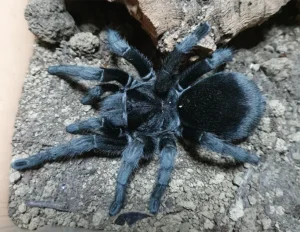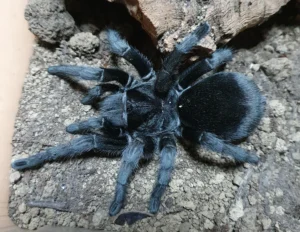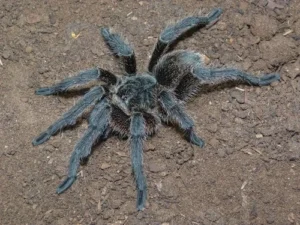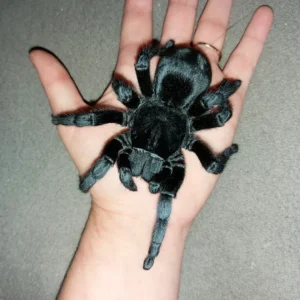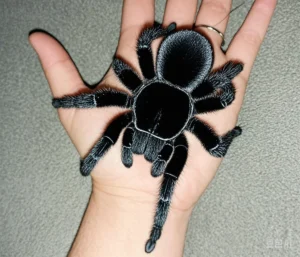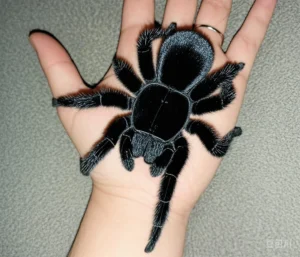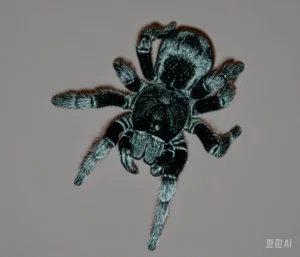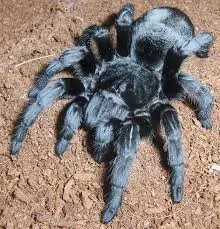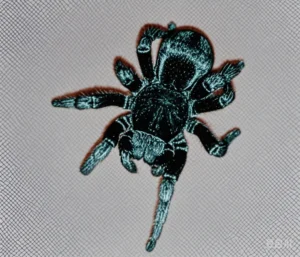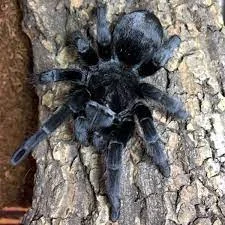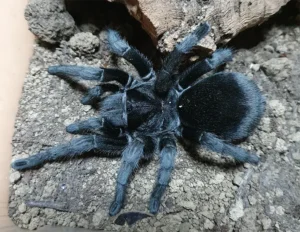Tarantula Biology
Leg Autotomy in Grammostola pulchra: Regeneration Processes and Survival Costs
Introduction: A Drastic Measure
Losing a limb is a traumatic event for most animals, but many arthropods, including tarantulas like *Grammostola pulchra*, possess a remarkable ability called autotomy – the voluntary shedding of a limb, usually a leg. This seemingly drastic measure is a survival mechanism, but it comes with associated costs and relies on an equally remarkable process of regeneration.
What is Autotomy?
Autotomy, derived from Greek ‘auto’ (self) and ‘tome’ (severing), is the reflex action of casting off a part of the body when threatened or trapped. In tarantulas and many other arachnids, this almost exclusively involves the legs. It’s a predetermined response, not a random tearing.
Triggers for Leg Loss
A *Grammostola pulchra* might autotomize a leg under several circumstances:
- Predator Attack: If a predator grabs a leg, shedding it can allow the tarantula to escape.
- Entrapment: If a leg becomes firmly trapped (e.g., during a molt, in cage decor, or a collapsing burrow).
- Severe Injury or Infection: A badly damaged or infected leg might be shed to prevent the spread of infection or further injury.
- Molting Complications: Difficulty extracting a leg during the molting process can sometimes trigger autotomy.
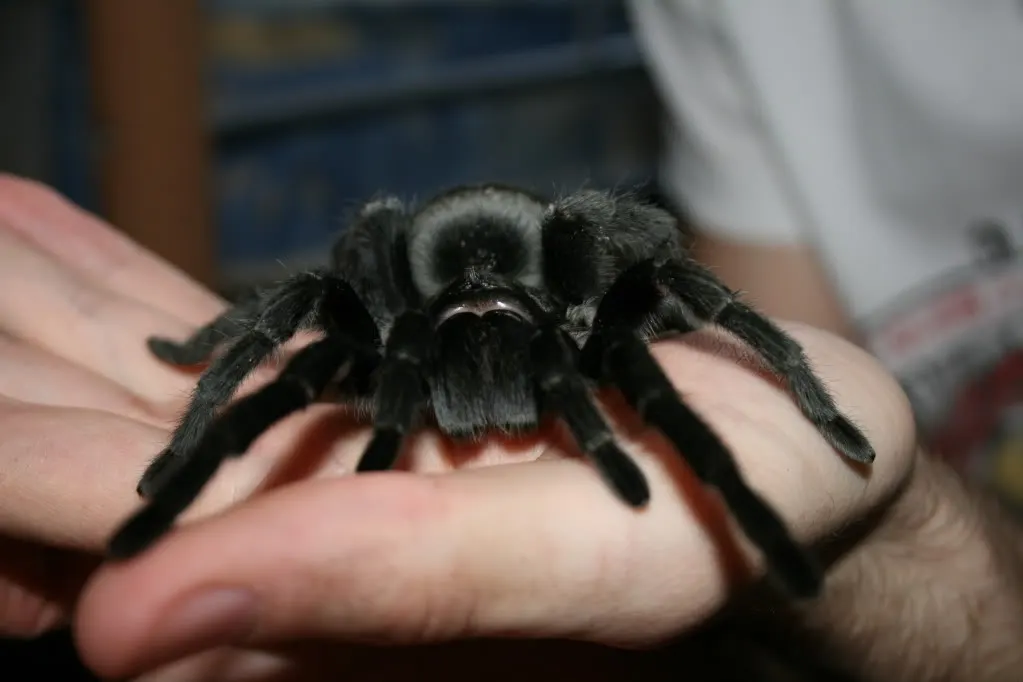
The Mechanism of Autotomy
Leg autotomy in tarantulas occurs at a specific “breaking point,” typically at the coxa-trochanter joint (where the leg attaches to the body or the next joint out). This point is structurally weaker and equipped with specialized muscles and membranes.
- Stimulus: A strong pull or specific stimulus triggers the reflex.
- Muscle Contraction: Specialized muscles contract forcefully at the fracture plane.
- Membrane Sealing: Simultaneously, internal membranes (diaphragms) constrict the opening, sealing off blood vessels (hemolymph channels) and minimizing fluid loss.
This controlled break prevents excessive bleeding, which could be fatal. The leg usually detaches cleanly.
The Regeneration Process
Tarantulas possess the incredible ability to regenerate lost limbs over successive molts. This is a key aspect following tarantula leg loss regeneration:
- Initial Stage: After autotomy, a small scab forms over the stump.
- Bud Formation: Beneath the exoskeleton, regenerative cells form a small bud, the primordium of the new leg.
- Growth Between Molts: The leg bud grows, folded up within the confines of the existing exoskeleton. It is not visible externally until the next molt.
- Emergence During Molt: During the next molt, the regenerated leg emerges. It is typically smaller, thinner, and paler than the original leg and may lack some structures like tarsal claws initially.
- Successive Molts: With each subsequent molt, the regenerated leg increases in size and complexity, gradually approaching the appearance of the other legs. Full regeneration can take several molts, depending on the tarantula’s age, health, and molting frequency.
The process is energetically demanding, requiring significant resources.
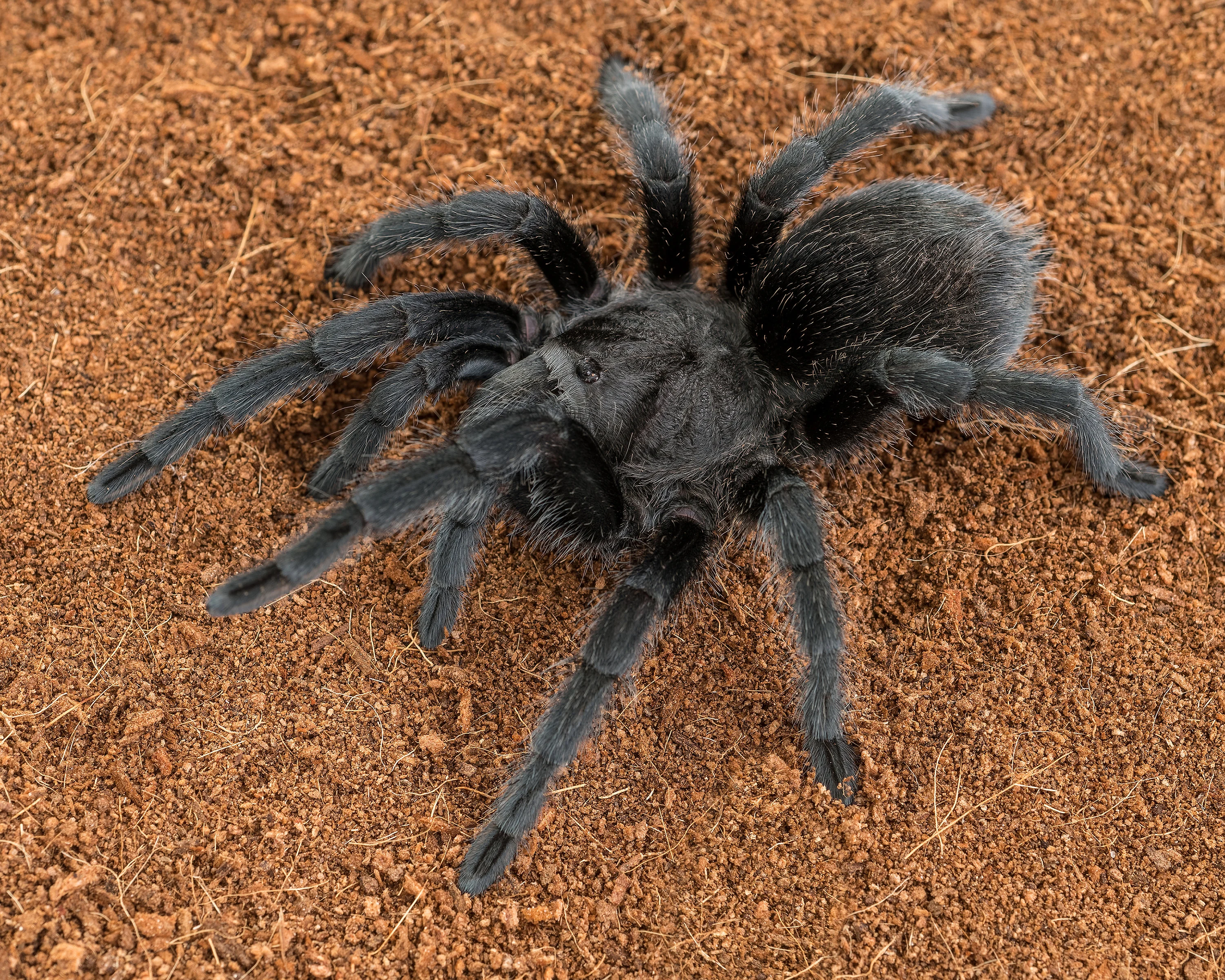
Juveniles Regenerate Faster: Younger, faster-growing tarantulas regenerate limbs more quickly than older, slower-molting adults.
Survival Costs and Consequences
While autotomy is a survival strategy, it’s not without costs:
- Reduced Mobility: Missing a leg can temporarily impair movement, climbing ability, and speed, potentially affecting hunting success and predator evasion.
- Energetic Cost: Regeneration requires significant energy and protein resources, potentially slowing growth or delaying reproduction.
- Mating Difficulty: For mature males, losing a front leg might hinder their ability to use tibial hooks effectively during mating.
- Increased Vulnerability: A tarantula missing multiple legs is significantly more vulnerable.
Despite these costs, the ability to sacrifice a limb to survive an immediate threat, coupled with the capacity for regeneration, is a powerful adaptation for *Grammostola pulchra* and many other arthropods.
Information based on general biological principles of autotomy and regeneration in arthropods.

